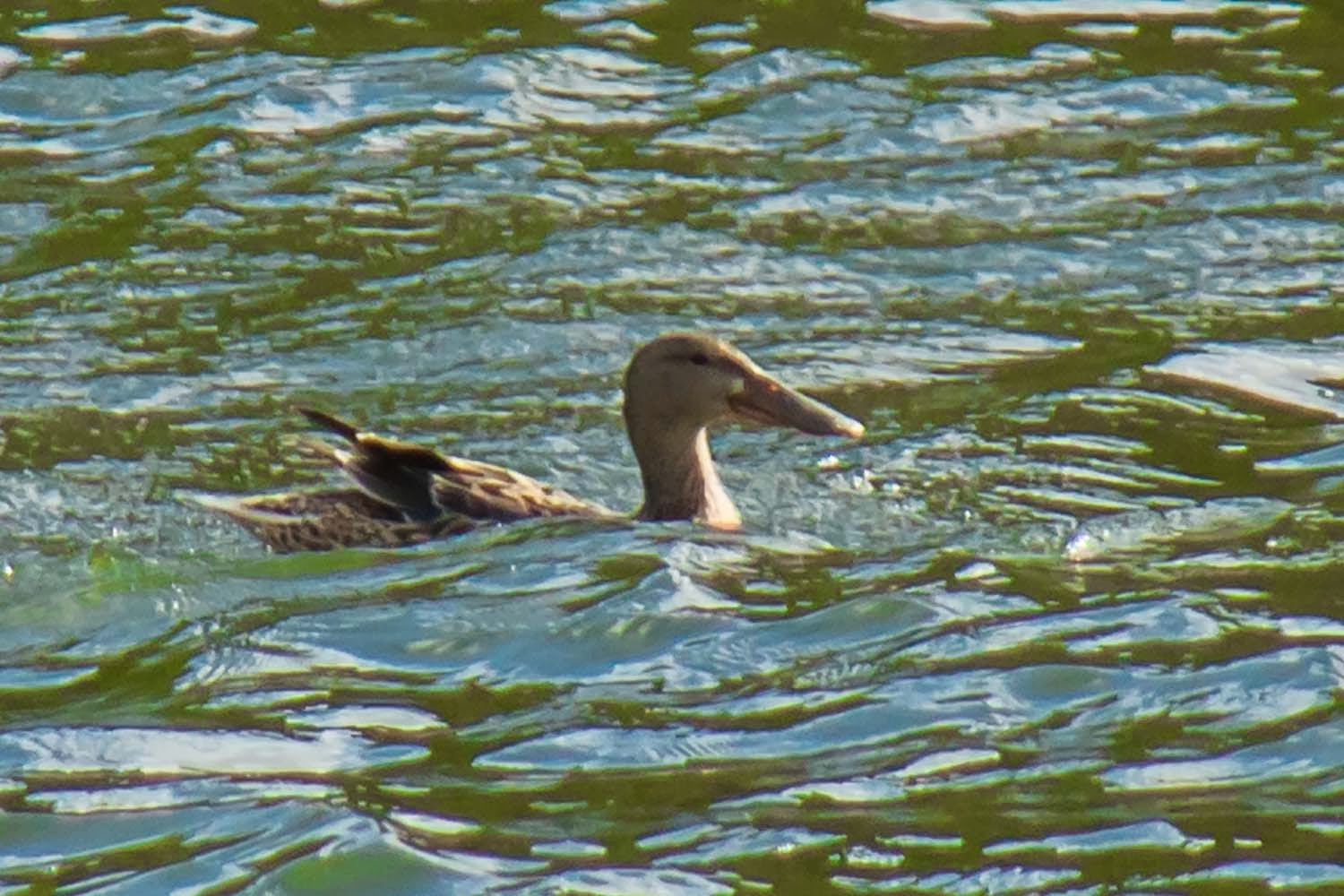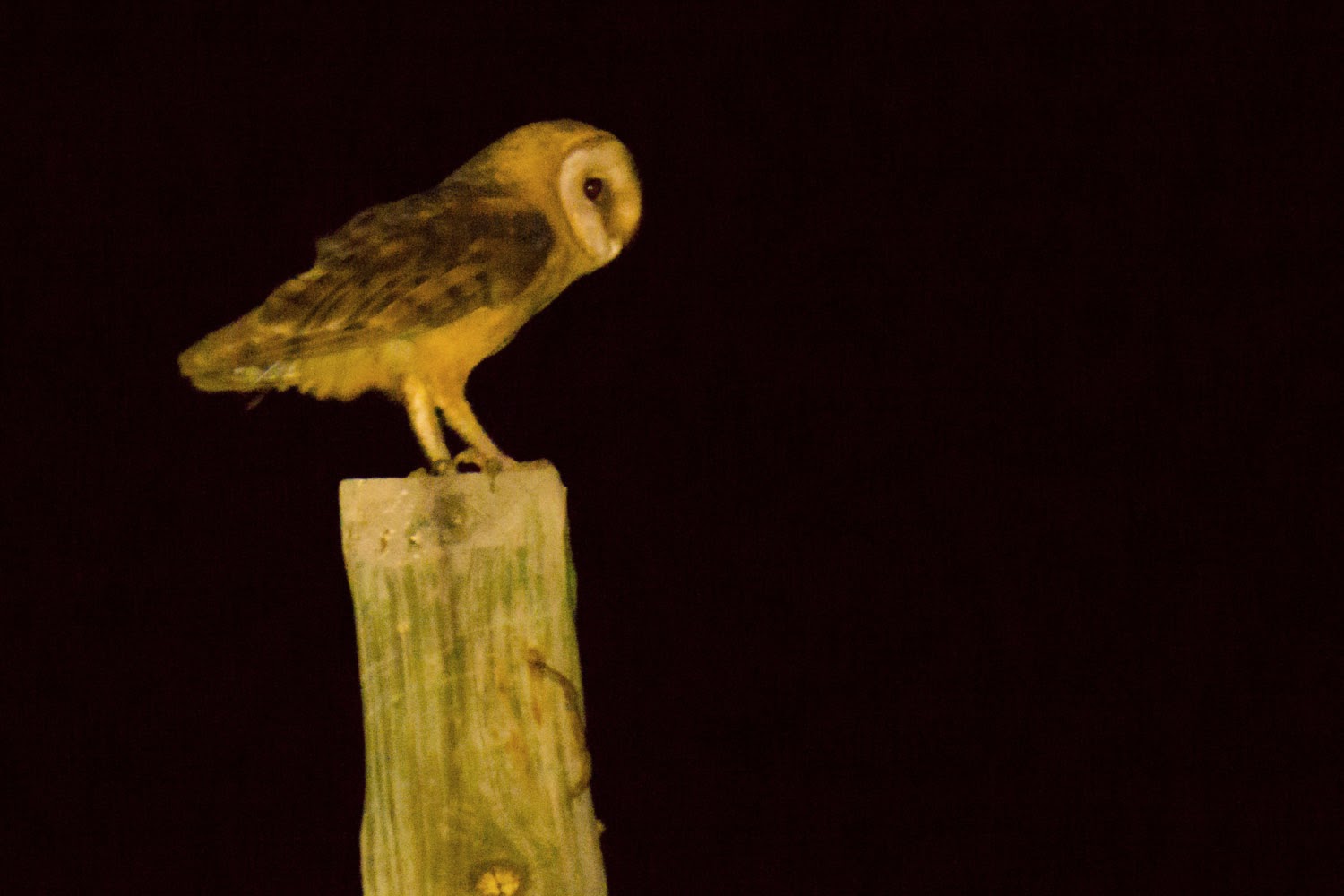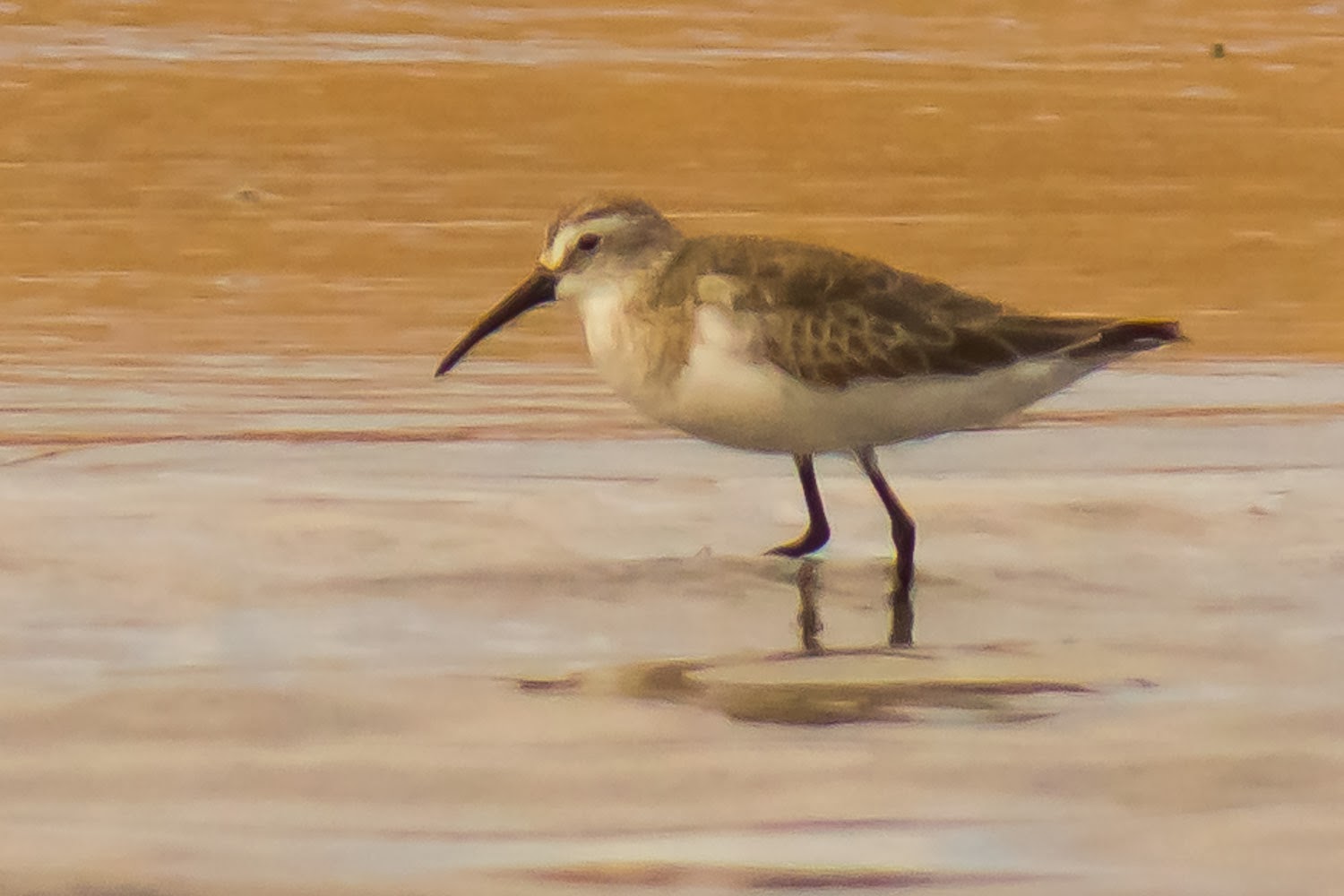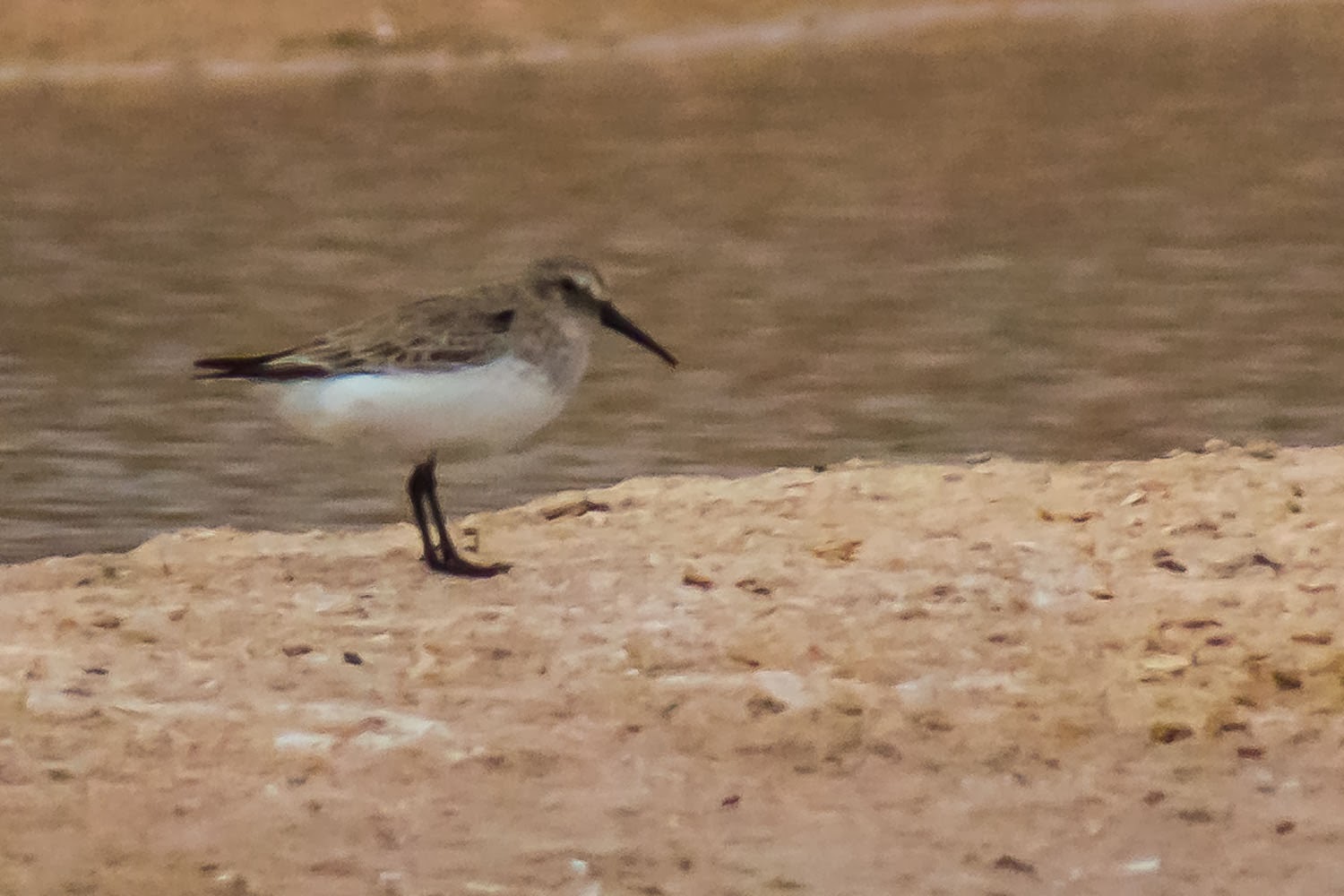With a small group of excellent South-African birders we travelled to some other islands of Cape Verde. Here some of the specialities.
Migrants from the European North, a few vagrants from Western Africa (at the moment Intermediate Egret and Black Egret, and some rarities from North America (like Spotted Sandpiper or Lesser
Scaup) give a very interesting mix of species for birders to see.
Should I have made any mistakes in identifying the birds, I beg for pardon and correction!
Mit einer kleinen Gruppe von Vogelkundlern aus Südafrika waren wir in den letzten Tagen auf den Inseln unterwegs. Hier einige Besonderheiten und Raritäten.
Auf den Kapverden können im Winter Zugvögel aus dem hohen Norden Europas beobachtet werden,
dazu vielleicht einige westafrikanische Arten (wie derzeit Mittelreiher und Glockenreiher) und dann kommen mit etwas Glück noch einige Irrgäste aus Amerika dazu (diesmal Drosseluferläufer und Kleine Bergente).
Wenn mir Fehler bei der Bestimmung unterlaufen, bitte ich um Korrektur (und Verzeihung!)
Santiago Island:
 |
| Montenegro, looking for the kite |
 |
| bay at Moia Moia |
 |
| seawatching |
 |
| Tropicbird and Brown Booby, Sula leucogaster |
 |
| Red-billed Tropicbird, Phaeton aethereus |
 |
| on the open Hilux it is very windy, but the view is good |
 |
| Reservoir at Poilao |
 |
| Kleine Bergente, Lesser Scaup, Aythya affinis |
 |
| Löffelente, Northern Shoveler, Anas clypeata |
 | |
| Küstenreiher, dunkle Phase, helle Phase, und Seidenreiher im Vergleich. Western Reef Heron, dark and white phase, Little White Egret. |
 |
| endemic Passer Jagoensis |
 |
| Italiensperling, Spanish sparrow, Passer hispaniolensis |
| endemic Cape Verde Warbler, Acrocephalos brevipennis |
| 2 birds of Black Egret, Egretta ardesiaca, are still at the reservoir |
| The endemic Purple Heron, A.purpurea bournei, is doing very well. It is now found breeding in two colonies. |
 |
| a ringed sandpiper that was also here last year |
 |
| Whimbrel, Regenbrachvogel |
 |
| Graukopfliest, Grey-headed Kingfisher |
Die amerikanische Form unseres Flussuferläufers, der Drosseluferläufer, Actitis macularius, hat noch ein paar kleine Reste seiner Punkte am Hinterteil. Auch die kleinere Schwanzprojektion ist typisch.
 |
| Flussuferläufer, Drosseluferläufer, Actitis macularius |
 |
| a rare maigrant: Oystercatcher |
 |
| White-crowned Sparrowlark, Eremopterix nigriceps |
 |
| Cream-coloured Courser, Cursorius Cursor |
At the east coast: Little Tern, Sternula albifrons
 |
| Little Tern, Zwergseeschwalbe, Sternula albifrons |
We now have the Barn Owl, Tyto alba, staked out at a place where it is easy to photograph.
 |
| Tyto alba detorta |
 |
| the new reservoir at Fundura looks very promising |




























